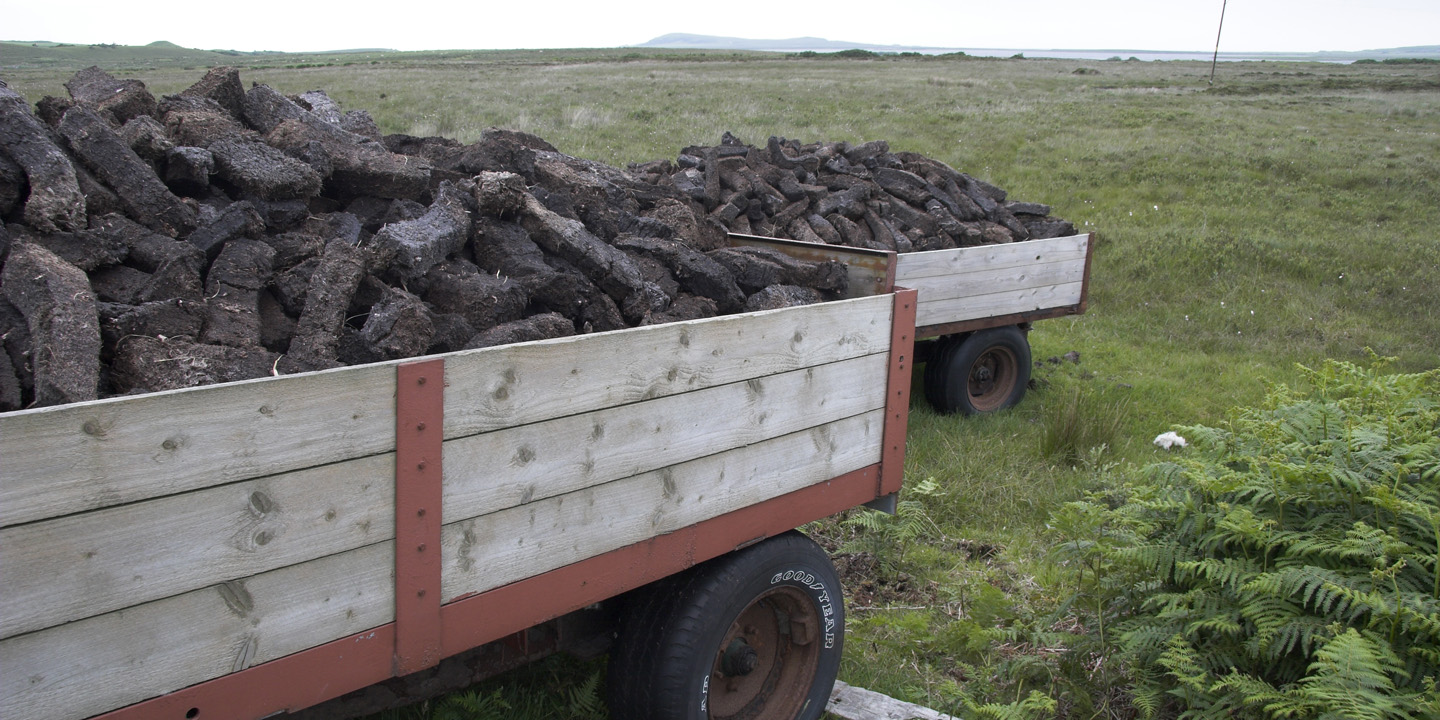Any true whisky fan will have heard the term somewhere. Whisky connoisseurs are strict on the vocabulary, urging drinkers to use nothing but the word ‘peat’ or ‘peaty’ to describe a single-malt Islay whisky. But for the general public the word smoky is a more common description of the distinctive taste.
Peat is what delivers the smoky flavour found in many single malts. How the peat is used determines just how peaty and smoky the whisky will turn out. If you are having a hard time imagining the taste, you need simply try one of the many, spectacular Islay whiskies available, and you will instantly recognize the taste. Islay malts aren’t exactly known for their subtle flavours, and the peat is what has made the island’s whiskies so popular in the world today.
But what exactly is peat?
Peat is a mixture of partially decaying vegetation and organic matter that accumulates in natural, water-saturated environments known as peatlands, bogs and mires.
The layers of peat found in the peatlands of Scotland have been forming for thousands of years and in that time have grown up to 5 meters thick. While some bogs may have been forming for 20,000 years, most are between 4,000 and 8,000 years old.
In Scotland, peat has been used throughout time as a source of fuel, similar to coal. The peat is accumulated, and with special tools it is cut into slices and stacked in piles to enable the retained water to dry out. This process can take up to three weeks.
The peat then turns into hard bricks, ready for burning, and is used by farmers, energy companies and distilleries throughout the country.
Where Peat Meets Whisky
The peat comes into play in the first stage of whisky production, during the malting. After the malted barley has been soaked and laid out to dry on the malting house floor, the barley will eventually start to shoot. At this point the grain must be dried in the kiln in order to stop the germination.
A peat-fueled fire is started and the smoke comes into contact with the grain, both drying it and infusing the infamous smoky flavour. Damp malt can be dried for up to thirty hours, and producers making heavily peated whiskies stay on the higher end of the spectrum.
Depending on the desired level of peatiness, producers will play around with the amount of peat used and the duration of contact. Some distilleries use un-peated fires in order to make the peaty taste less evident.
The distilleries using the largest amounts of peat are situated in the Islay region of Scotland due the vast number of peatlands found there.
Peat Sustainability
While peat has been forming for thousands of years, the constant use of it as fuel and in whisky production means that the peatlands of Scotland are starting to look a little bare. Almost 25 million tons of harvested peat are burned each year by companies and distilleries, while another 14 million tons are used by farmers and gardeners to amend deficient soil.
Most of the world’s peatlands still remain undisturbed, but Scotland might see a fast depletion of its peat as the impending fuel crunch and rise of oil and coal prices may see experts revisiting peat as a possible energy source.
While this is unlikely, it remains true that the excessive use of peat reserves in Scotland could mean eventual shortages in peated whisky. To the peat-heads of the world- you might want to store up some of the peaty nectar just in case!
After reading so much about the wonders of peat you might be aching to get a taste of that distinct flavour and test your newfound knowledge. Well, here at the Whisky Foundation we have just what you need. Our Port Charlotte aged for 35 years and our 25-year old Laphroaig will bring the full force of Islay’s peatiness to your pallet.
Here are some recommended Islay whiskies you should try:
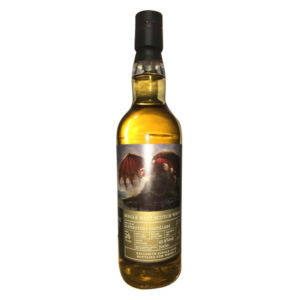 Glenrothes Aged 26 Years
1 × $399.99
Glenrothes Aged 26 Years
1 × $399.99 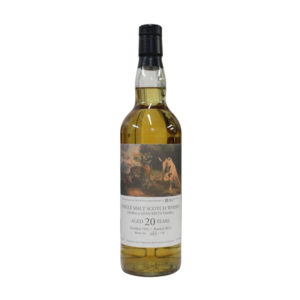 Glen Keith Aged 20 Years Single Malt
1 × $619.99
Glen Keith Aged 20 Years Single Malt
1 × $619.99 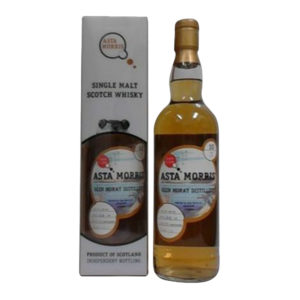 Asta Morris "Kanagawa Upland Seascape"
1 × $319.00
Asta Morris "Kanagawa Upland Seascape"
1 × $319.00 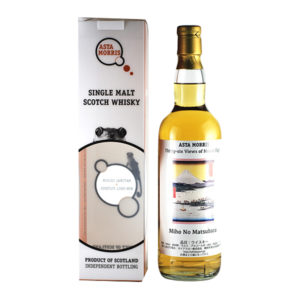 Asta Morris 21 Years (Thirty-six Views of Mount Fuji 'Miho No Matsubara', 1992)
1 × $199.00
Asta Morris 21 Years (Thirty-six Views of Mount Fuji 'Miho No Matsubara', 1992)
1 × $199.00 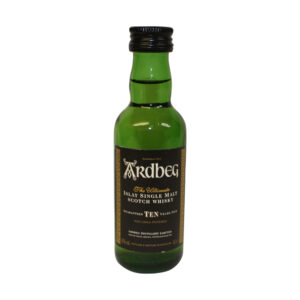 Ardbeg 10 Year Old Miniature
1 × $99.99
Ardbeg 10 Year Old Miniature
1 × $99.99 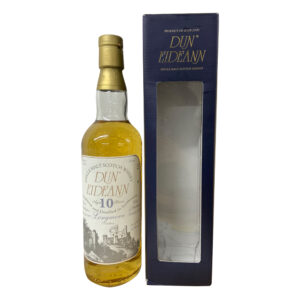 Longmorn 10 Year Old (Dun Eideann, 1990)
1 × $319.99
Longmorn 10 Year Old (Dun Eideann, 1990)
1 × $319.99 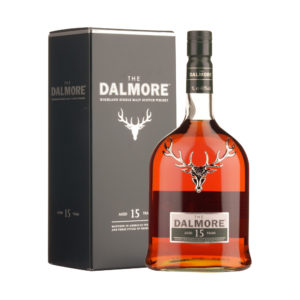 Dalmore 15 Year Old
1 × $189.99
Dalmore 15 Year Old
1 × $189.99 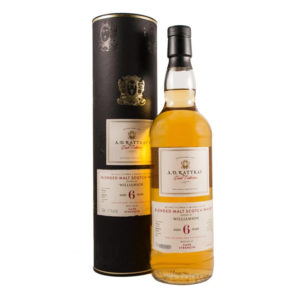 Williamson 6 Year Old (A.D. Rattray, 2011)
1 × $299.99
Williamson 6 Year Old (A.D. Rattray, 2011)
1 × $299.99 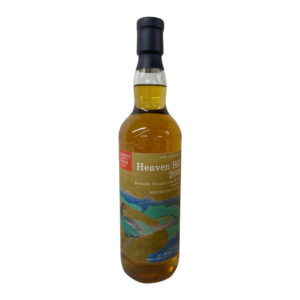 Heaven Hill 2009 ‘Whisky Lovers Nagoya 2020’
1 × $259.99
Heaven Hill 2009 ‘Whisky Lovers Nagoya 2020’
1 × $259.99 


 Glenrothes Aged 26 Years
Glenrothes Aged 26 Years  Glen Keith Aged 20 Years Single Malt
Glen Keith Aged 20 Years Single Malt  Asta Morris "Kanagawa Upland Seascape"
Asta Morris "Kanagawa Upland Seascape"  Asta Morris 21 Years (Thirty-six Views of Mount Fuji 'Miho No Matsubara', 1992)
Asta Morris 21 Years (Thirty-six Views of Mount Fuji 'Miho No Matsubara', 1992)  Ardbeg 10 Year Old Miniature
Ardbeg 10 Year Old Miniature  Longmorn 10 Year Old (Dun Eideann, 1990)
Longmorn 10 Year Old (Dun Eideann, 1990)  Dalmore 15 Year Old
Dalmore 15 Year Old  Williamson 6 Year Old (A.D. Rattray, 2011)
Williamson 6 Year Old (A.D. Rattray, 2011)  Heaven Hill 2009 ‘Whisky Lovers Nagoya 2020’
Heaven Hill 2009 ‘Whisky Lovers Nagoya 2020’ 